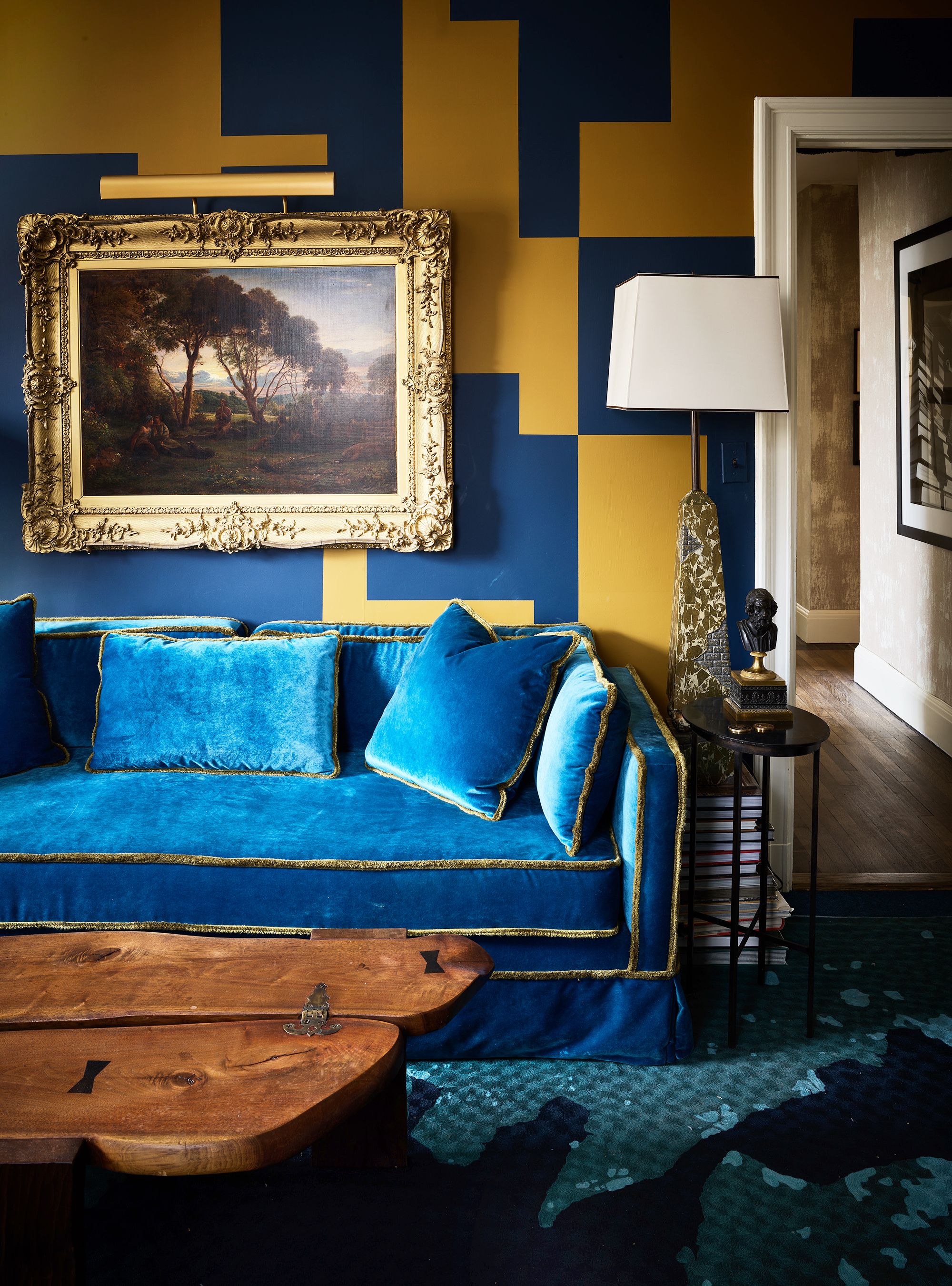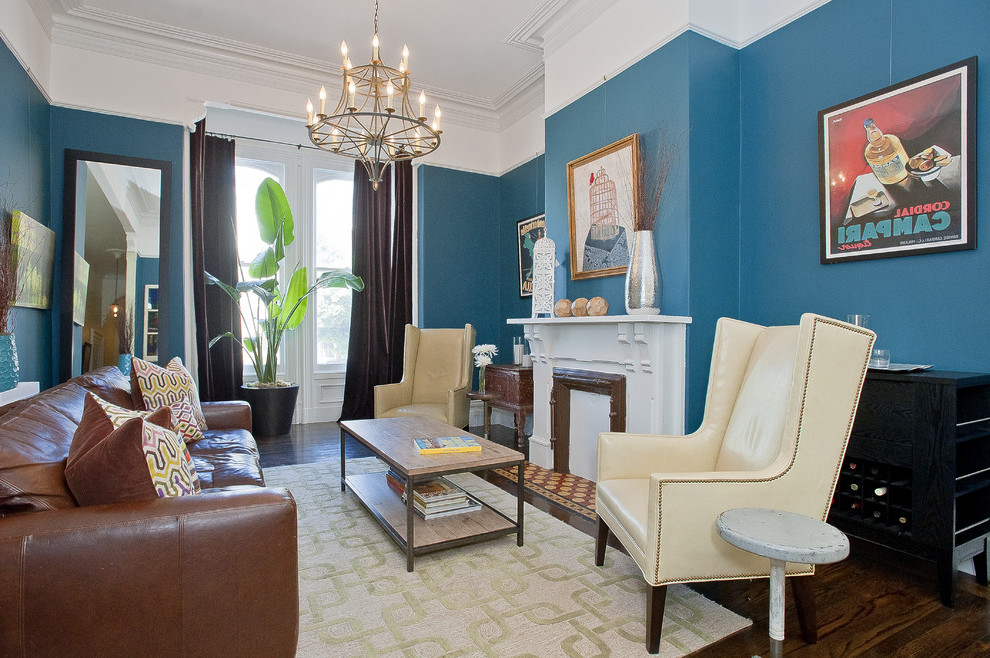One of the biggest challenges in home design is creating a cohesive look between different rooms. This is especially true for the kitchen and living room, which are often connected and share the same space. Choosing the right color scheme for these two areas can be tricky, but when done correctly, it can create a seamless flow and make your home feel more spacious. To help you achieve the perfect match, here are 10 ideas for kitchen and living room color coordination.Matching Kitchen and Living Room Colors: Top 10 Ideas
When it comes to matching kitchen and living room colors, there are several approaches you can take. One option is to use the same color for both areas, creating a unified and harmonious look. Alternatively, you can choose complementary colors that work well together, creating a more dynamic and interesting space. Here are 10 ways to create a cohesive look in your kitchen and living room.10 Ways to Create a Cohesive Look in Your Kitchen and Living Room
The first step in creating a cohesive look between your kitchen and living room is choosing the right color scheme. This can be overwhelming, with so many options to choose from. To make the decision easier, consider the overall style and mood you want to create in your home. Do you prefer a warm and cozy atmosphere or a more modern and sleek look? Once you have a clear idea, it will be easier to narrow down your color choices.How to Choose the Perfect Color Scheme for Your Kitchen and Living Room
To achieve a seamless flow between your kitchen and living room, it's important to choose colors that complement each other. This doesn't mean they have to match exactly, but they should work well together. For example, if your living room walls are painted in a deep blue, you can use a lighter shade of blue for your kitchen cabinets or add some blue accents in the form of pillows or curtains.Creating a Seamless Flow: Kitchen and Living Room Color Coordination
When it comes to paint colors for a kitchen and living room combo, there are no hard and fast rules. It all depends on your personal style and preferences. However, some colors tend to work well in both areas, creating a cohesive and visually appealing look. These include neutral shades such as beige, gray, or white, as well as warm colors like yellow, orange, or red.Best Paint Colors for a Kitchen and Living Room Combo
If you prefer a more coordinated look, you can opt for kitchen and living room color matching. This means using the same color or shades of the same color in both areas. This approach works best with neutral colors, as they are less likely to clash with each other. You can also add pops of color through accessories and decor to break up the monotony and add visual interest.Designing a Harmonious Space: Kitchen and Living Room Color Matching
For a more dynamic and visually interesting space, you can choose complementary colors for your kitchen and living room. These are colors that are opposite each other on the color wheel, such as blue and orange, green and red, or purple and yellow. This creates a high-contrast look that can be bold and dramatic, but it's important to use these colors in moderation to avoid overwhelming the space.Tips for Choosing Complementary Colors for Your Kitchen and Living Room
Incorporating accent colors is another great way to create a cohesive look between your kitchen and living room. These are colors that are used sparingly to add pops of color and tie the two areas together. For example, you can use the same accent color in both rooms, such as a vibrant blue or a warm red. This will create a harmonious flow and make your home feel more put together.Using Accent Colors to Tie Together Your Kitchen and Living Room
Color blocking is a fun and trendy way to add color to your kitchen and living room. It involves using bold and contrasting colors in different sections or elements of the room. For example, you can paint one wall in your kitchen a bright red and another wall in your living room a bold blue. This creates a playful and modern look that can add personality to your home.Incorporating Color Blocking in Your Kitchen and Living Room Design
If you prefer a more subtle and understated look, you can use a neutral color palette for your kitchen and living room in the same color. This means using different shades and tones of the same color, such as different shades of beige or gray. This creates a cohesive and calming atmosphere, perfect for those who prefer a more minimalist and clean aesthetic.How to Use a Neutral Color Palette for a Kitchen and Living Room in the Same Color
Why Opt for the Same Color Scheme in Your Kitchen and Living Room?

Creating a Cohesive and Harmonious Space
 When it comes to designing our homes, we often strive to create a cohesive and harmonious space. This not only makes our living environment more visually appealing, but it also promotes a sense of balance and flow throughout the entire house. One way to achieve this is by using the same color scheme in both the kitchen and living room.
By using the same color in both areas, you can create a seamless transition between the two spaces, making them feel like one cohesive unit.
This is especially beneficial for open-concept homes, where the kitchen and living room are connected without a physical barrier. Having a unified color scheme will help to tie the two areas together, creating a more spacious and cohesive feel.
When it comes to designing our homes, we often strive to create a cohesive and harmonious space. This not only makes our living environment more visually appealing, but it also promotes a sense of balance and flow throughout the entire house. One way to achieve this is by using the same color scheme in both the kitchen and living room.
By using the same color in both areas, you can create a seamless transition between the two spaces, making them feel like one cohesive unit.
This is especially beneficial for open-concept homes, where the kitchen and living room are connected without a physical barrier. Having a unified color scheme will help to tie the two areas together, creating a more spacious and cohesive feel.
Expanding the Visual Space
 Another advantage of using the same color in the kitchen and living room is that it can make the space feel larger and more open. Lighter colors, such as white, beige, or pastel shades, are known to reflect light and create an illusion of more space.
This is particularly useful in smaller homes or apartments where space is limited.
By using the same color in both areas, you can make the space feel more expansive and airy.
Another advantage of using the same color in the kitchen and living room is that it can make the space feel larger and more open. Lighter colors, such as white, beige, or pastel shades, are known to reflect light and create an illusion of more space.
This is particularly useful in smaller homes or apartments where space is limited.
By using the same color in both areas, you can make the space feel more expansive and airy.
Making a Bold Statement
 Using the same color in the kitchen and living room also allows for the opportunity to make a bold statement.
By choosing a vibrant or unconventional color, you can create a sense of drama and interest in the space.
This can be especially effective in a minimalist design, where a pop of color can add character and personality to the space.
Using the same color in the kitchen and living room also allows for the opportunity to make a bold statement.
By choosing a vibrant or unconventional color, you can create a sense of drama and interest in the space.
This can be especially effective in a minimalist design, where a pop of color can add character and personality to the space.
Streamlining the Design Process
 Designing a home can be a daunting and overwhelming task, especially when it comes to choosing a color scheme. However, by using the same color in the kitchen and living room, you can streamline the design process and make it easier to coordinate the rest of the house.
Having a consistent color palette throughout the house will create a sense of harmony and flow, making it easier to choose furniture, decor, and accessories that complement the overall design.
In conclusion, using the same color in both the kitchen and living room can have numerous benefits for your home design. Not only does it create a cohesive and harmonious space, but it can also make the space feel larger and more open, allow for bold statements, and streamline the design process. Consider incorporating this design tip in your next home renovation project for a stylish and unified living space.
Designing a home can be a daunting and overwhelming task, especially when it comes to choosing a color scheme. However, by using the same color in the kitchen and living room, you can streamline the design process and make it easier to coordinate the rest of the house.
Having a consistent color palette throughout the house will create a sense of harmony and flow, making it easier to choose furniture, decor, and accessories that complement the overall design.
In conclusion, using the same color in both the kitchen and living room can have numerous benefits for your home design. Not only does it create a cohesive and harmonious space, but it can also make the space feel larger and more open, allow for bold statements, and streamline the design process. Consider incorporating this design tip in your next home renovation project for a stylish and unified living space.
































/169789002-58a723d63df78c345b930ec6.jpg)





































































:max_bytes(150000):strip_icc()/MyDomaine_ColorPalette-Neutral-1-fe9a91dcf8814904a630a0d928216bcd.jpg)

/Myth_Kitchen-56a192773df78cf7726c1a16.jpg)



/MyDomaine_ColorPalette-Neutral-2-3590678b1c9143e28dd6b536f0a1e008.jpg)






